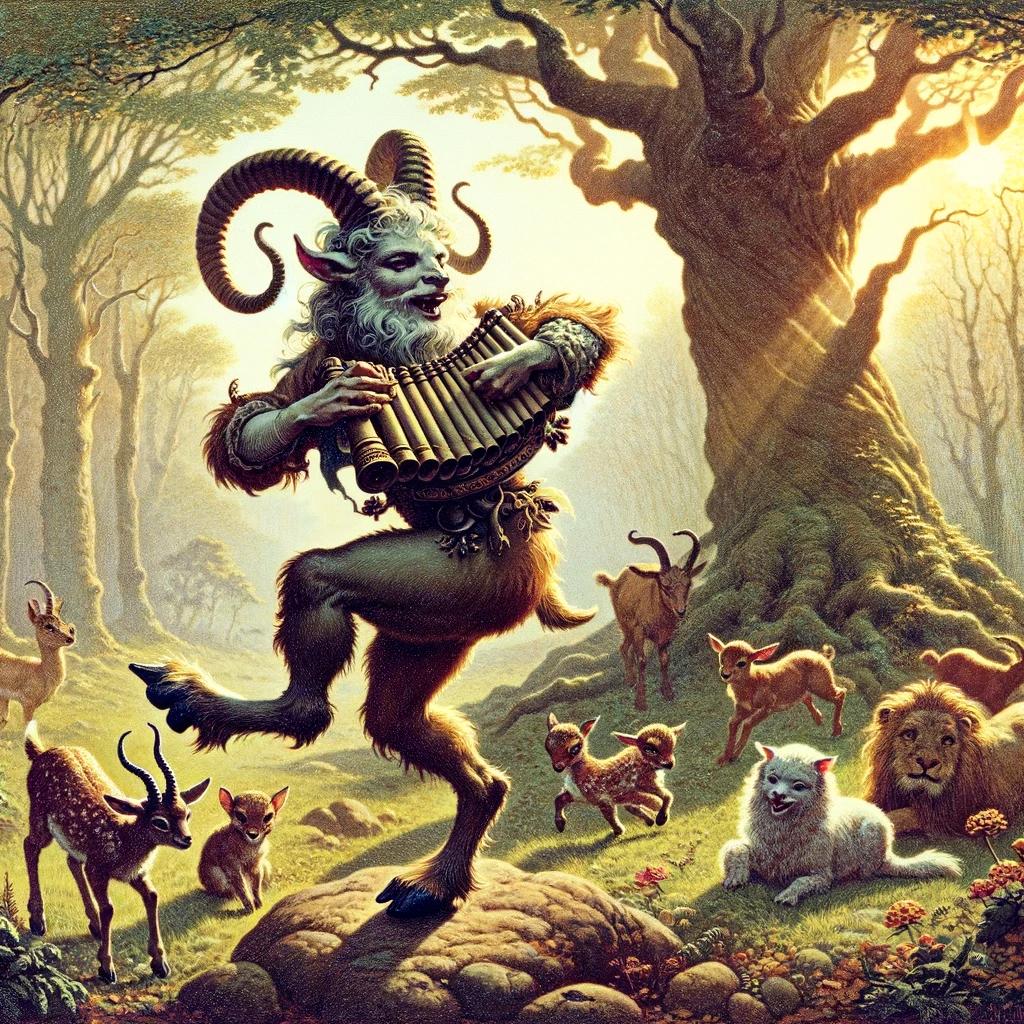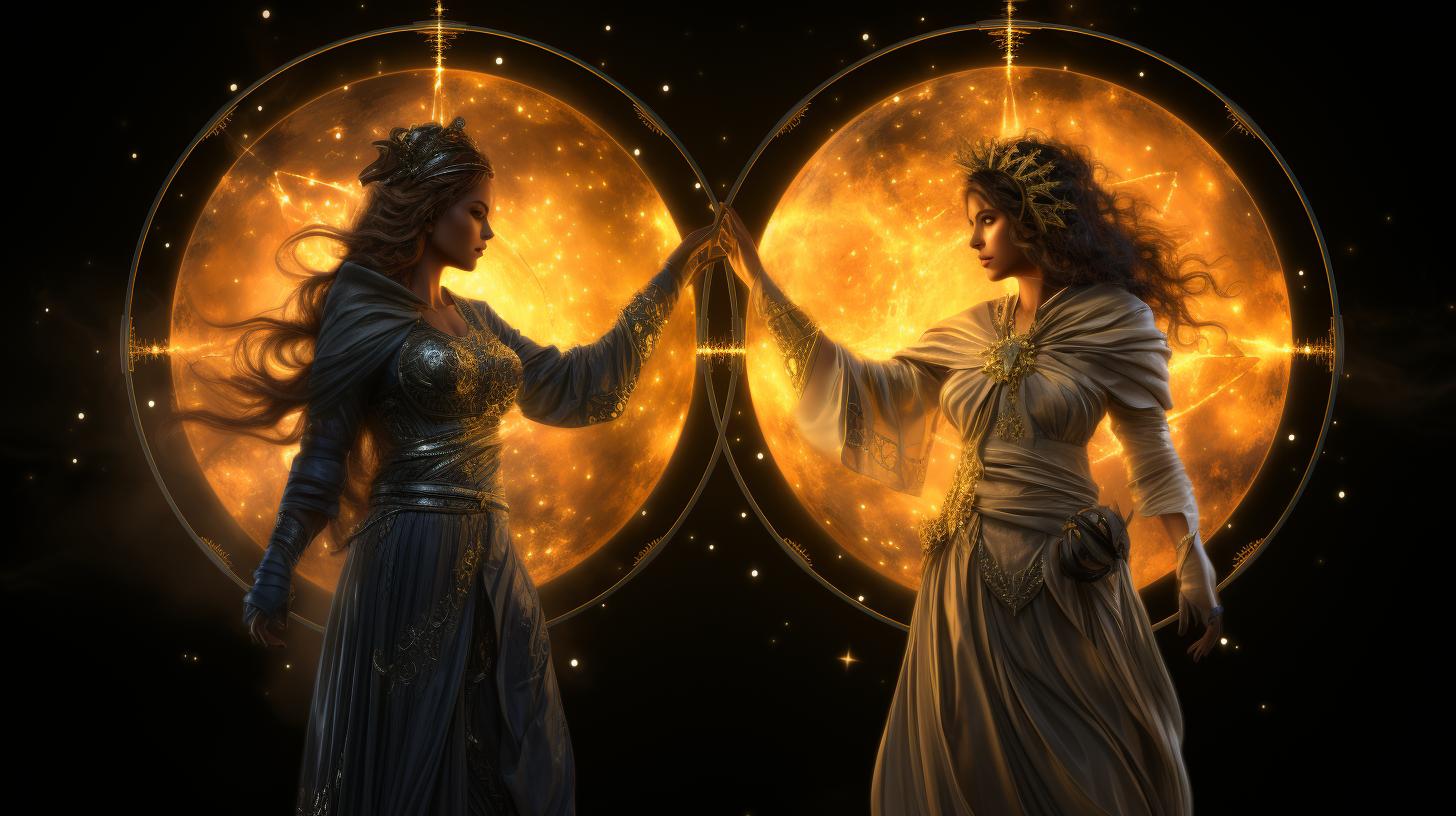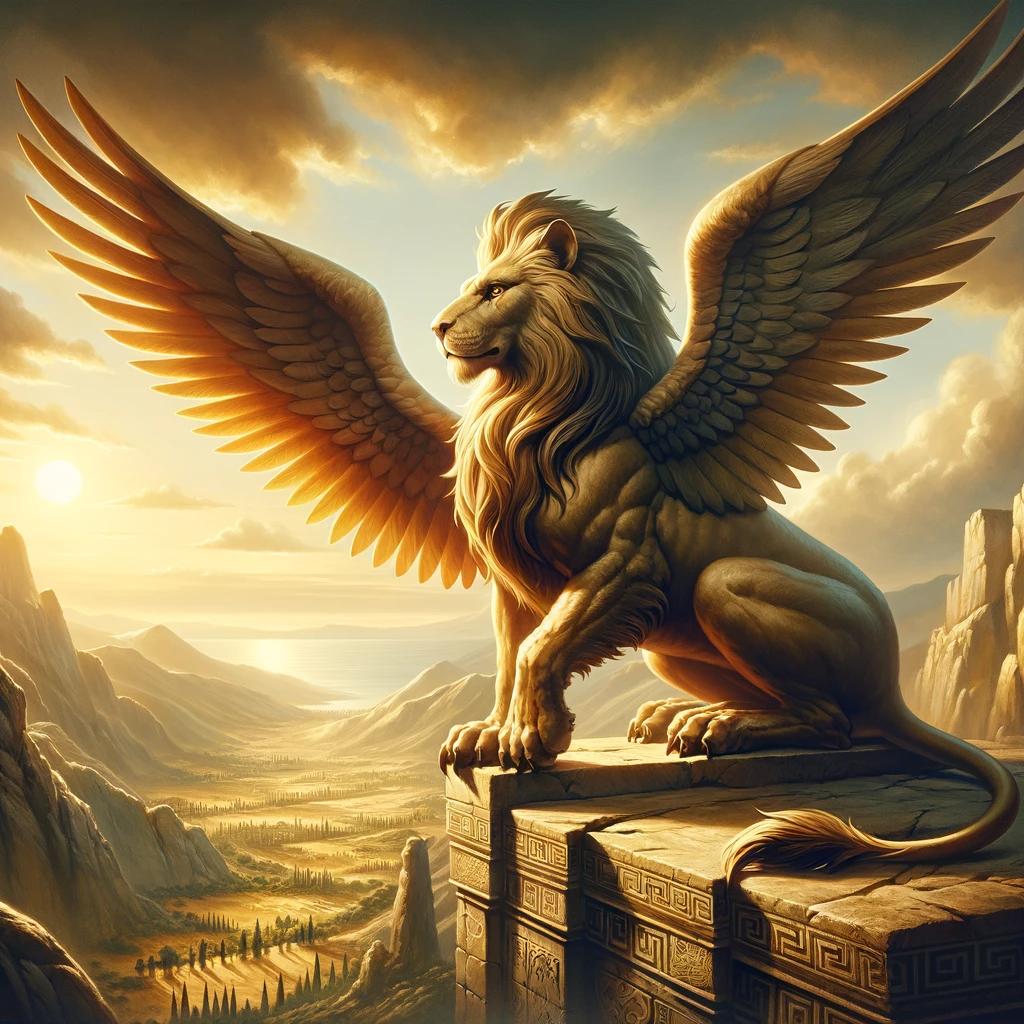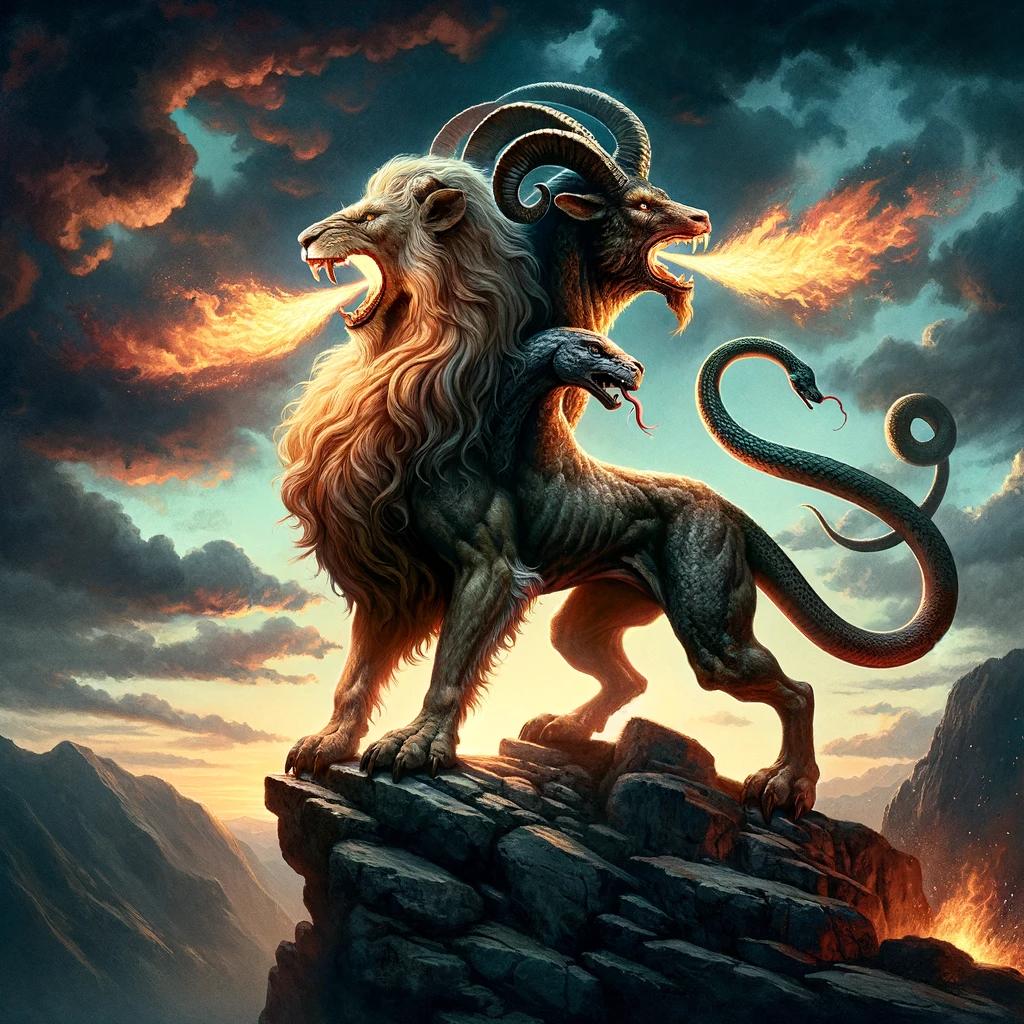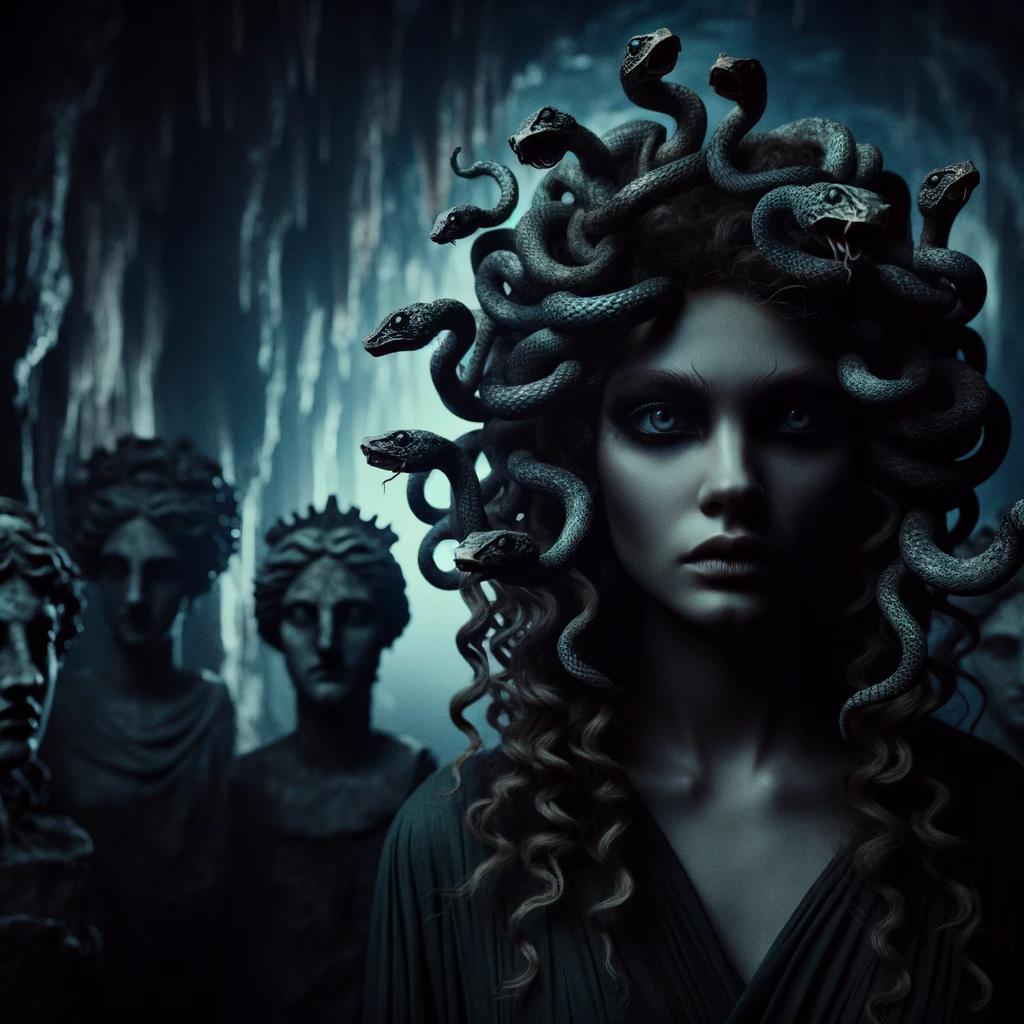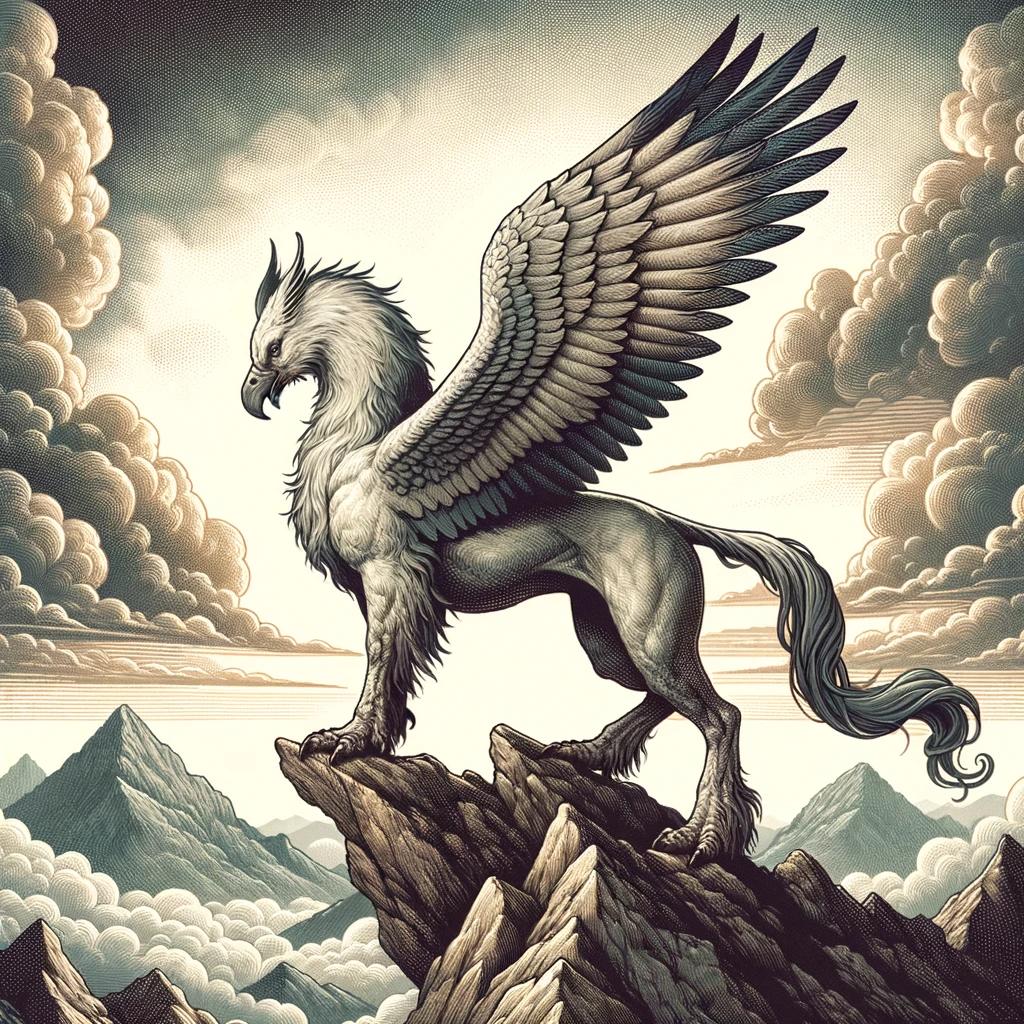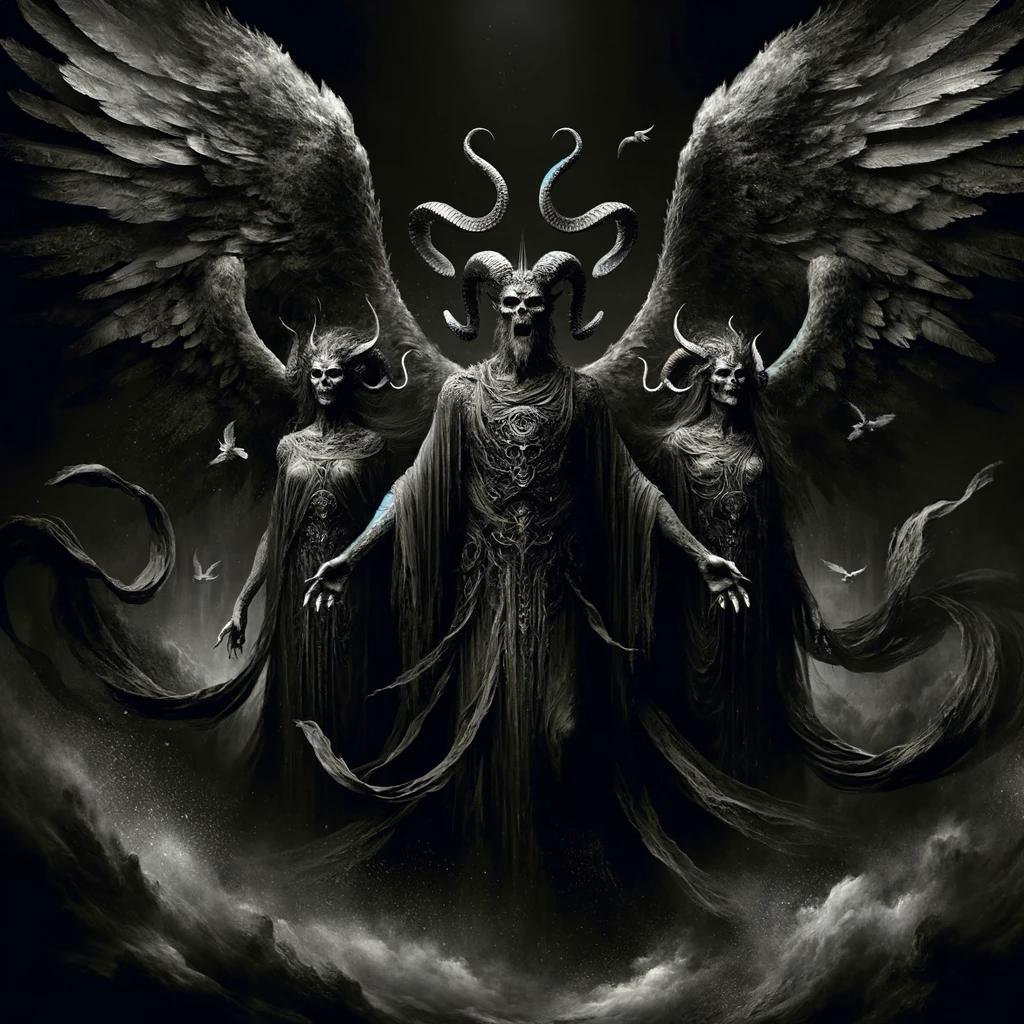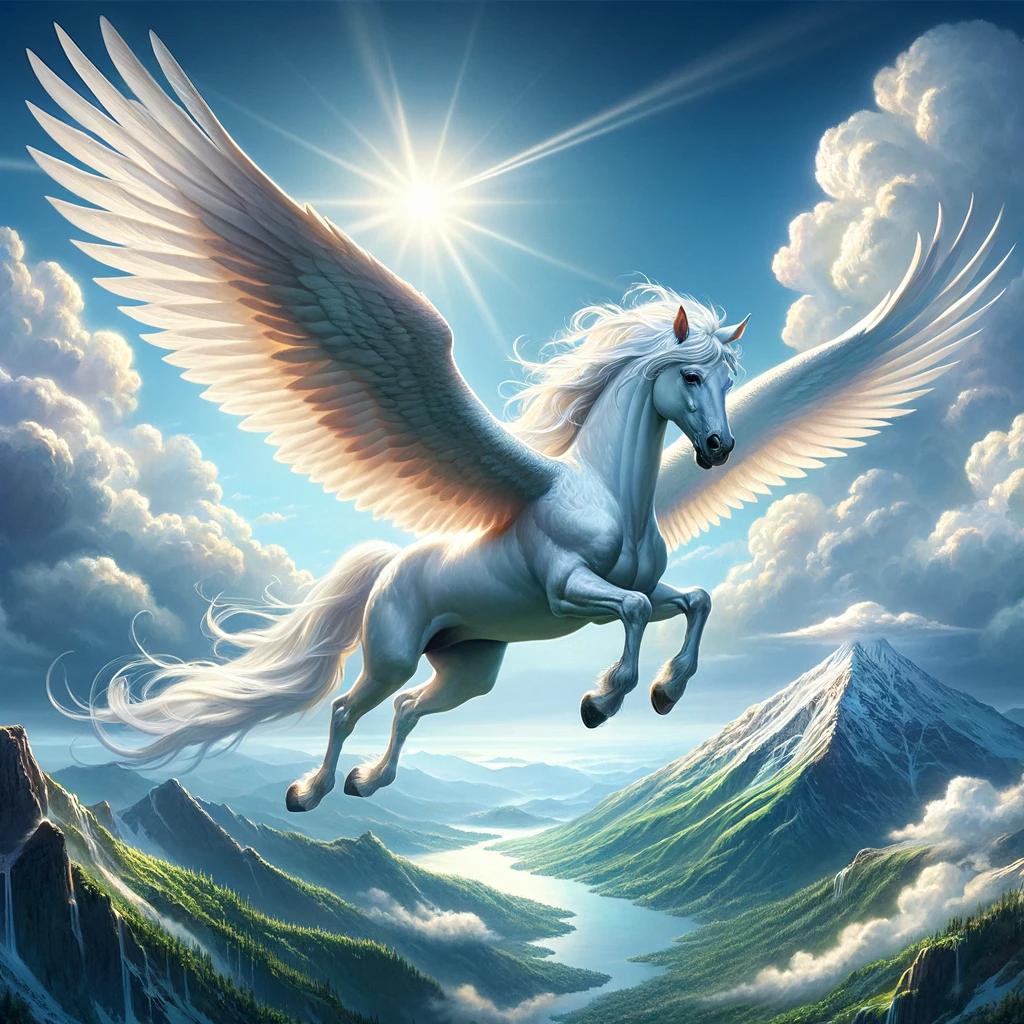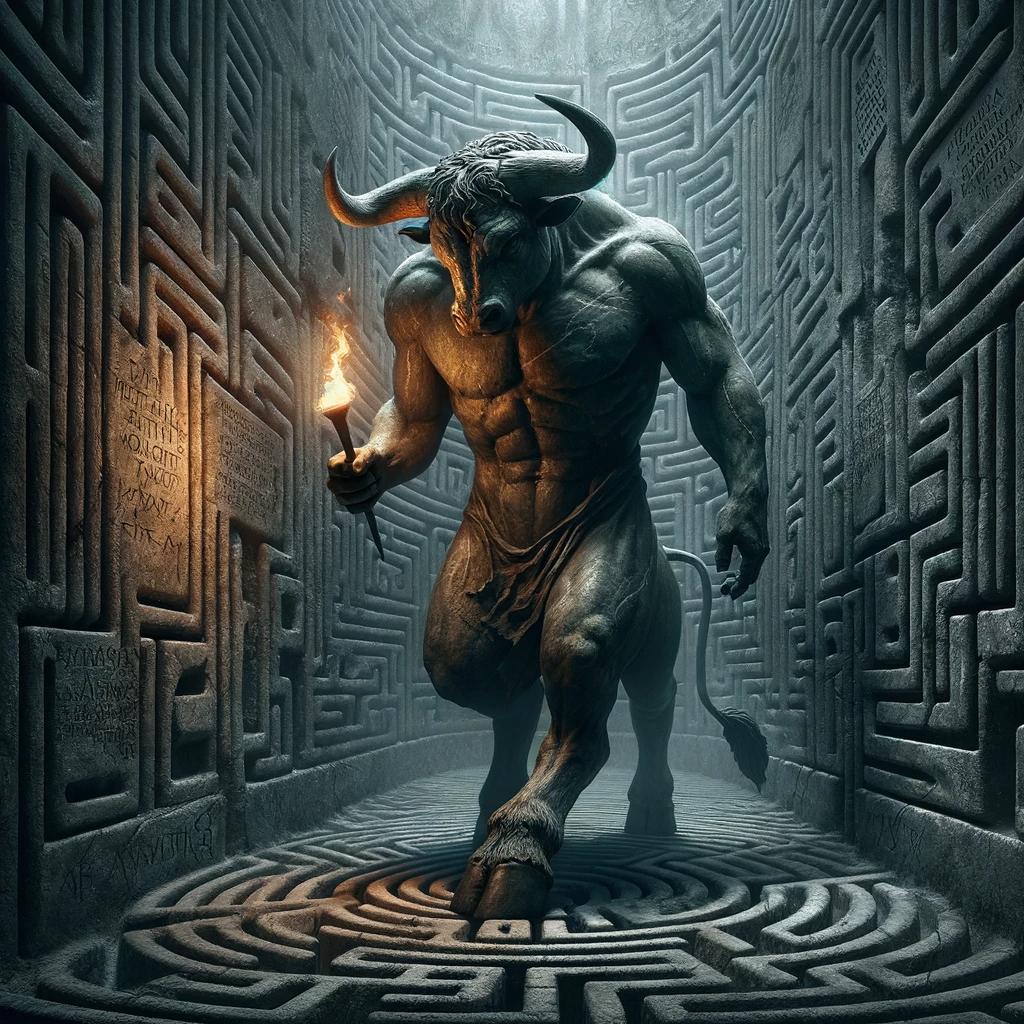Exploring the Mystical Fauns: Half Man, Half Goat Creatures of Myth
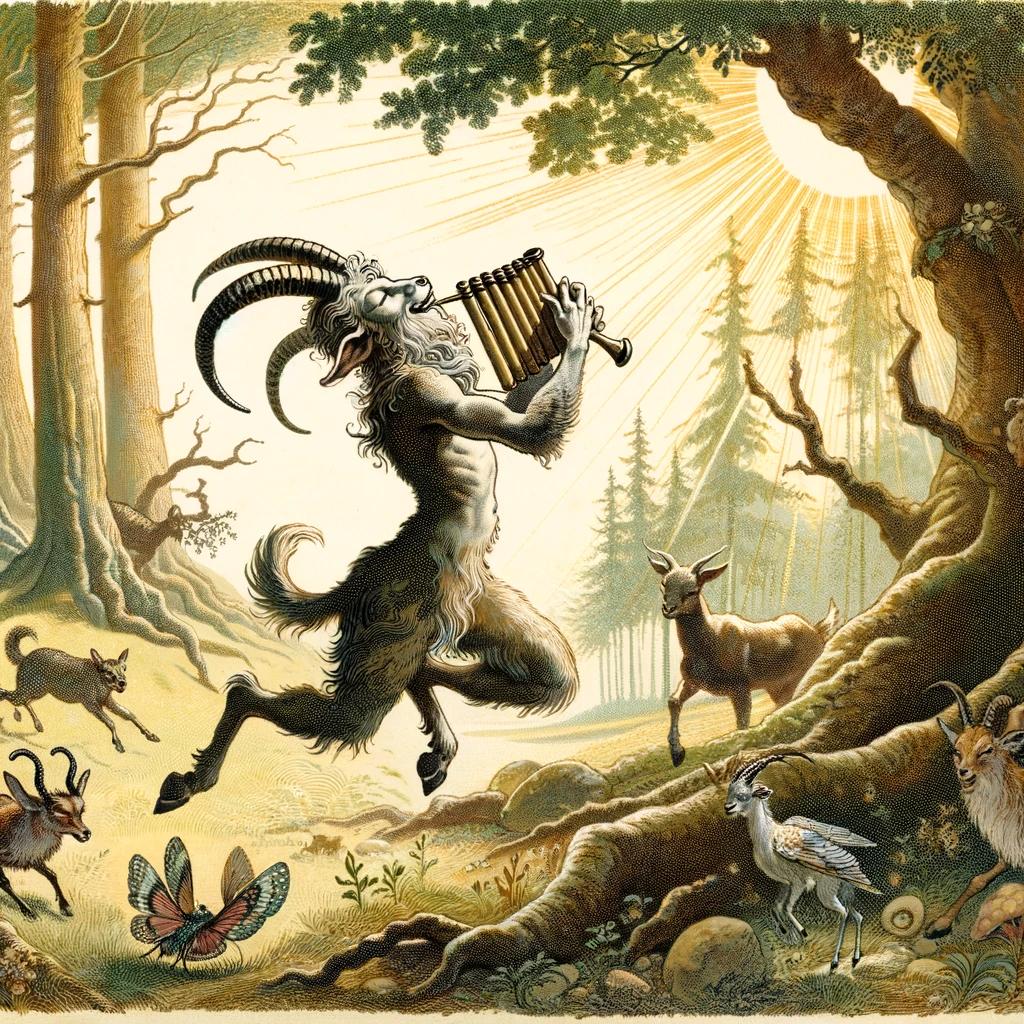
Greek mythology and Roman mythology share the fascinating concept of fauns, mythical creatures that blend human and goat characteristics. Often depicted with goat horns on their heads, fauns symbolize a harmonious mix of the human and the animal, embodying the spirit of forests, herds, and natural landscapes.
They were revered not just as mere mythical beings but as potent symbols of nature’s untamed essence.
This comprehensive exploration delves into the rich tapestry of myths surrounding fauns, their origins, characteristics, and their significance across various cultures. It distinguishes between fauns and their often-confused counterparts, satyrs, who were associated with Dionysus in Greek lore, highlighting the unique cultural and mythological space fauns occupy.
By weaving through their appearances in ancient art, literature, and modern interpretations, we uncover the enduring legacy of these captivating half-man, half-goat entities.
The Origins of Greek Mythology Faun in Roman and Greek Mythology
The faun, a creature with deep roots in Greek and Roman mythology, stands as a testament to the rich narrative traditions of these ancient cultures. With a physique that combines human and goat features, fauns (or fauni, to use the Roman term) have captured the human imagination for centuries.
Central to understanding fauns is the connection between the Greek god Pan, embodying the wild and untamed aspect of nature, and his Roman counterpart, Faunus. Pan’s influence extended to Roman mythology, where Faunus took on attributes reminiscent of Pan, including goat-like features and an association with nature and fertility.
Similarly, Fauna, the female counterpart of Faunus in Roman mythology, embodied the protective and nurturing aspects of nature. Together, Faunus and Fauna highlight the duality of nature’s ferocity and bounty, an attribute deeply embedded in the faun’s mythological character.
The Greek God Pan and Fauno: An Evolutionary Connection
Pan, the Greek god of wilderness, shepherds, and flocks, plays a crucial role in the development of the faun myth. His Roman equivalent, Fauno, and the evolution of fauns from this syncretism illustrate the fluid exchange of cultural and religious ideas between Greek and Roman societies.
Faunus and Fauna: Roman Deities Associated with Fauns
Faunus and Fauna, central figures in Roman mythology, underscore the integration of human and natural realms. Their legends enrich the faun mythology, adding layers of complexity to the understanding of these creatures as both natural and divine.
The interweaving of Greek and Roman myths significantly shaped the faun’s portrayal, blending human and goat characteristics into a coherent whole. This amalgamation reflects the ancients’ perception of the natural world as a space of both wonder and danger, a theme that fauns embody perfectly.
Understanding Fauns: Half-Human, Half-Goat Mythological Creatures
The realm of Greek and Roman mythology brings us closer to understanding fauns, creatures that merge human intelligence and animal instinct. Their duality serves as a bridge between the civilized world and the wild, offering insights into how ancient cultures perceived the natural environment.
Faun Physiology: Human and Goat Features
Fauns, often compared to the Greek mythology half-man half-goat creatures, are distinguished by their unique physiology, which combines the intellect and form of a human with the agility and strength of a goat.
This blend of attributes symbolizes the balance between human culture and the untamed natural world, a theme recurrent in myths and stories featuring fauns, including those about the ancient Greek goat man, Pan.
Mythological Significance of Fauns in Greek and Roman Culture
In both Greek and Roman mythology, fauns are celebrated as symbols of nature’s fertility and wild beauty. They represent the untamed spirit of the forests and fields, serving as a reminder of the vital and sometimes unpredictable force of the natural world.
This connection echoes through the Greco-Roman world, highlighting the shared heritage and the ancient Greeks’ and Romans’ fascination with these half-human half-goat creatures.
Fauns as Nature Spirits: Protectors of the Forests and Fields
As guardians of nature, fauns occupy an essential role in the mythological ecosystem, protecting the forests and fields from harm. They are seen as custodians of both flora and fauna, embodying the interconnectedness of all living things.
This role is reminiscent of their Roman counterparts, emphasizing the continuity between the legends of ancient Rome and the stories of the faun creature.
This exploration begins with the mythical goat man in Greek mythology, illustrating the seamless blend of the human and the divine.
Immerse yourself in the next section as we explore the fascinating distinctions between fauns and their counterparts, the satyrs, creatures from Greek mythology known for their half-man, half-goat nature.
Differentiating Fauns from Satyrs: Similarities and Distinctions
The world of Greek mythology is filled with fascinating creatures, and two of the most intriguing beings are fauns and satyrs. While these two creatures share similarities, they also have distinct characteristics that set them apart, notably in their depiction within Greco-Roman mythology.
This section explores the similarities and differences between fauns and satyrs, delving into their connections to Greek mythology and the broader ancient cultural landscape.
Satyrs in Greek Mythology and Their Connection to Pan
In Greek mythology, satyrs, often associated with the god Pan and Dionysus, embody the essence of the wild, untamed aspects of nature.
These half-man, half-goat creatures, similar to fauns, played a vital role in the myths and stories of the ancient Greeks, celebrating life’s pleasures and the chaotic beauty of the natural world.
Satyrs in Art and Literature: Depictions and Symbolism
Satyrs played a significant role in Greek art and literature, where their lively and carefree nature was celebrated. Their depictions often emphasize their half-human half-goat characteristics, showcasing the dynamic and vibrant essence of these mythological beings.
Their presence in art and literature underscores their importance in Greek culture, symbolizing fertility, music, and the uninhibited celebration of life.
Comparing Fauns and Satyrs: Crossing Mythological Boundaries
While both fauns and satyrs share a half-human, half-goat nature, there are distinct differences between them, rooted in their mythological origins and cultural significance. Fauns, originating from Roman mythology, embody the spirit of nature, acting as gentle protectors of the wild.
Satyrs, on the other hand, with their origins in Greek mythology, often display a more wild and unrestrained nature. This comparison not only highlights their unique characteristics but also reflects the rich tapestry of Greco-Roman mythology.
- Physiology: Fauns have a more humanoid appearance, integrating goat-like features such as legs and horns subtly, whereas satyrs display more pronounced goat-like traits, emphasizing their wild nature.
- Character Traits: While satyrs are often depicted as embodiments of wild, unrestrained pleasure, fauns are portrayed as more serene and benevolent, reflecting their role as nature’s guardians.
- Cultural Significance: The contrast between satyrs and fauns highlights the diverse ways in which ancient cultures perceived and interacted with the natural world, from the revelry of Dionysian cults to the serene guardianship of Roman nature spirits.
Understanding the distinctions between fauns and satyrs enriches our appreciation of their roles in Greek and Roman mythology, showcasing the complex interplay between culture, nature, and mythology.
Fauns
and Satyrs in Different Contexts: From Ancient Mythology to Modern Interpretations
In the rich tapestry of ancient Greek and Roman mythology, fauns and satyrs, these half-man half-goat mythical creatures, hold a significant place. They have captivated audiences and inspired countless works of art and literature throughout the ages, from the earliest depictions in Greco-Roman culture to their modern incarnations.
Exploring their presence in both ancient and contemporary contexts allows us to delve into their enduring allure and cultural impact.
Fauns and Satyrs in Ancient Greek and Roman Literature
A deep dive into ancient Greek and Roman literature reveals the prominent roles fauns and satyrs played in mythology. In Greek poetry and drama, satyrs, half goat half man greek creatures, often appeared as companions to the god Dionysus, embodying the wild and hedonistic aspects of life.
Meanwhile, Roman literature introduced fauns, depicting them as forest-dwelling deities associated with fertility and abundance. Notable works such as Ovid’s Metamorphoses and Virgil’s Aeneid portray intriguing encounters and adventures involving these half-human half-goat creatures, often highlighting the blurring of lines between gods and mortals, humans and animals.
Fauns and Satyrs in Contemporary Art and Entertainment
The enduring fascination with fauns and satyrs extends to modern art and entertainment. Artists continue to depict these mythical creatures, capturing their alluring forms. Furthermore, literature and film have reimagined fauns and satyrs in new and exciting ways, allowing audiences to engage with these fantastical beings in the context of modern storytelling.
In contemporary fantasy literature, such as C.S. Lewis’ The Chronicles of Narnia, characters inspired by fauns, like Mr. Tumnus, introduce a new generation to the enchanting world of these mythological beings.
Moreover, in the world of gaming, fauns and satyrs often make appearances, offering players the chance to explore their unique abilities and immerse themselves in realms inspired by Greek and Roman mythology.
From ancient tales to modern interpretations, fauns and satyrs continue to captivate our imaginations and evoke a sense of wonder, serving as a testament to their enduring cultural significance and ability to transcend time.
Faun’s Role in Greek Mythology Today: Popular Culture and Reverence
When it comes to Greek mythology, fauns, embodying the characteristics of half-man half-goat, have maintained a lasting presence in popular culture and continue to evoke a sense of reverence. This section explores their influence in various domains, ranging from literature to modern fantasy and even fashion and design.
Fauns in Literature: Influence on C.S. Lewis’ Creation of Mr. Tumnus
In the realm of literature, fauns have left an indelible mark, particularly through their inclusion in the works of renowned authors. C.S. Lewis introduced the iconic character of Mr. Tumnus in “The Lion, the Witch, and the Wardrobe,” bringing the faun mythical creature into the hearts and imaginations of many.
Fauns in Modern Fantasy and Gaming
In modern fantasy and gaming, the allure of fauns continues. Games like “Dungeons & Dragons” offer players the chance to explore as faun-like beings, expanding the realm of imagination and connecting the dots between ancient myths and modern narratives.
Fauns in Pop Culture: From Mythology to Fashion and Design
Outside of literature and gaming, fauns have extended their influence to pop culture. Their distinct aesthetic has inspired creators in movies, fashion, and even interior design, showcasing the versatility and enduring charm of these creatures.
As symbols of enchantment and intrigue, fauns remain potent figures in Greek mythology and popular culture, their portrayal in various forms of media reinforcing their status as timeless embodiments of nature and wildness.
.
.

